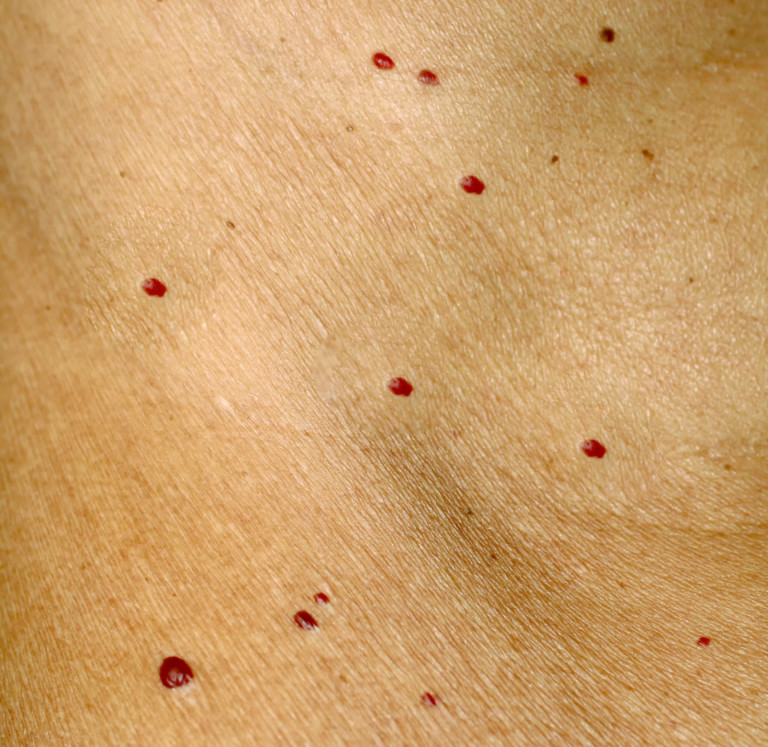

applying a moisturizer to treat dry, cracking skin.undergoing phototherapy or light therapy.taking prescription medications, such as steroids and antihistamines.People can manage atopic dermatitis symptoms and even prevent flare-ups with the following treatments: blisters that leak fluid and crust over.clusters of small, fluid-filled blisters.Papular eczema: This presents as small red bumps on the skin that healthcare professionals refer to as papules.Īlongside red bumps on the skin, eczema can cause:.Follicular eczema: This type of eczema affects the hair follicles.There are many different types of eczema, including: If the dermatitis is limited to a small area, a person can apply 1% hydrocortisone cream.Ī doctor can prescribe stronger topical or oral antihistamines for people who do not respond to OTC medication.Ītopic dermatitis, also known as eczema, is a chronic inflammatory skin condition. wear protective clothing in work environments or areas with poisonous plants.avoid foods or medicines that cause allergic reactions.avoid skin care products that contain harsh or irritating chemicals.Mild to moderate symptoms improve when a person avoids contact with the irritant or allergen. Treatment for contact dermatitis depends on the cause and severity of a person’s symptoms. Learn more about contact dermatitis here. fluid-filled blisters that ooze and crust over.intense itching, tightness, or burning sensation.hives, or extremely itchy welts on the skin.a rash that appears in geometric patterns or shapes.Contact dermatitis occurs when a person comes into contact with a substance that irritates their skin or triggers an allergic reaction.Ĭontact dermatitis symptoms vary depending on the trigger and the severity of the reaction.


 0 kommentar(er)
0 kommentar(er)
